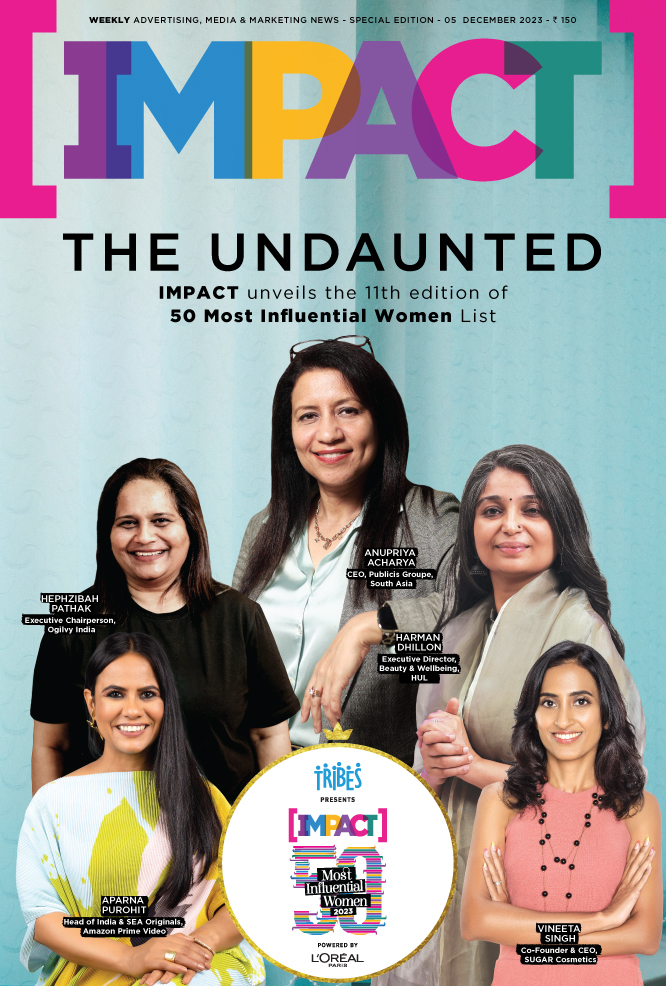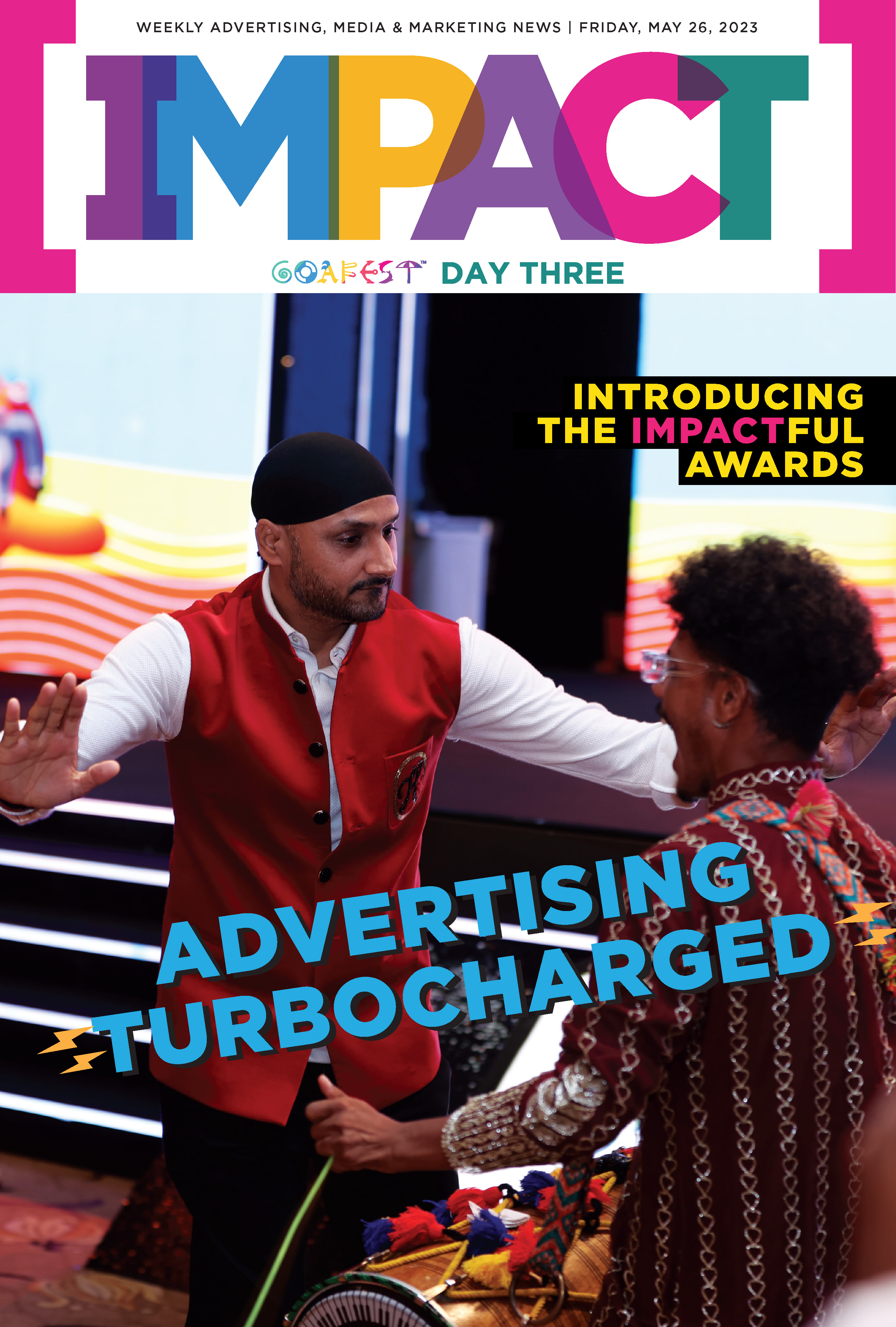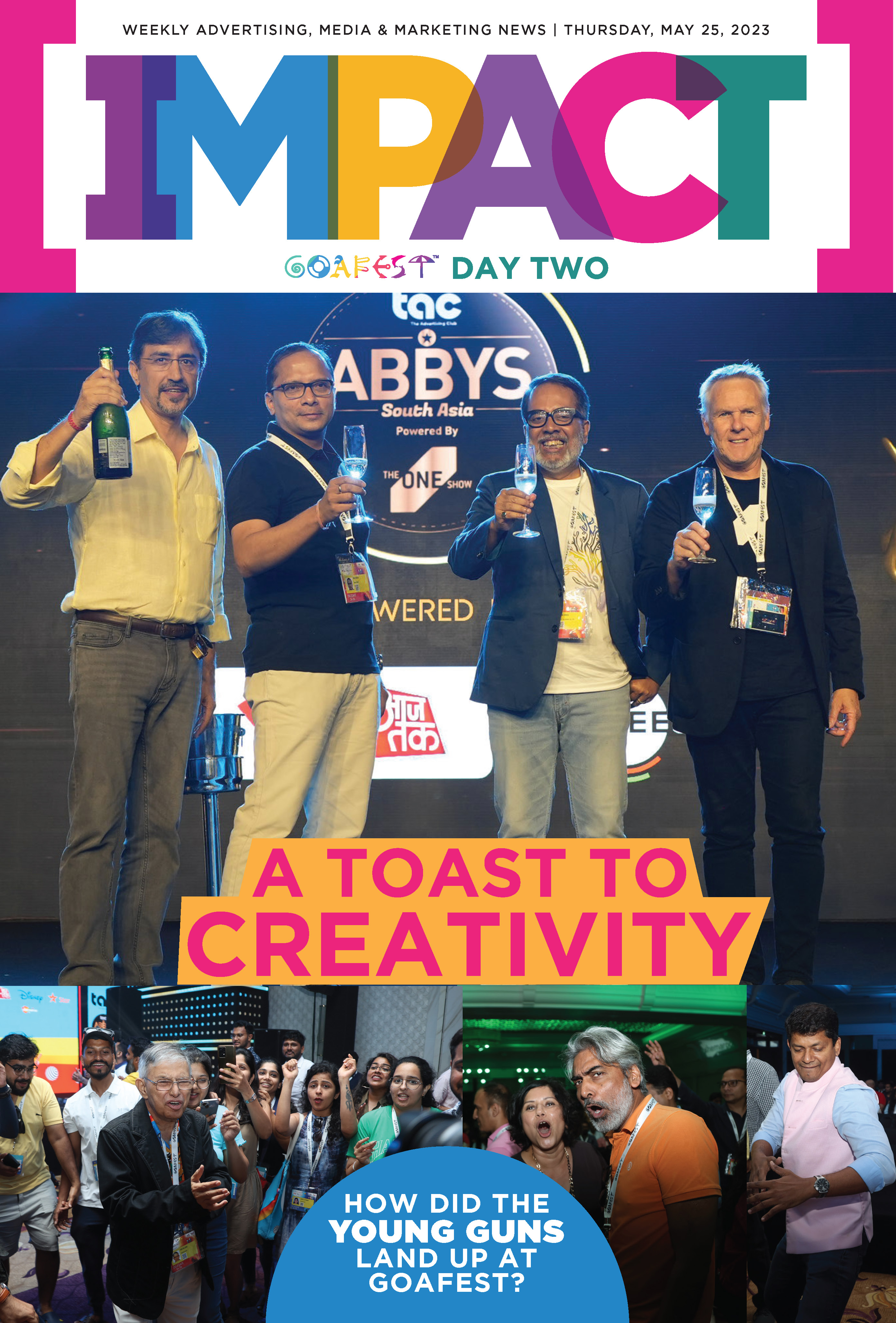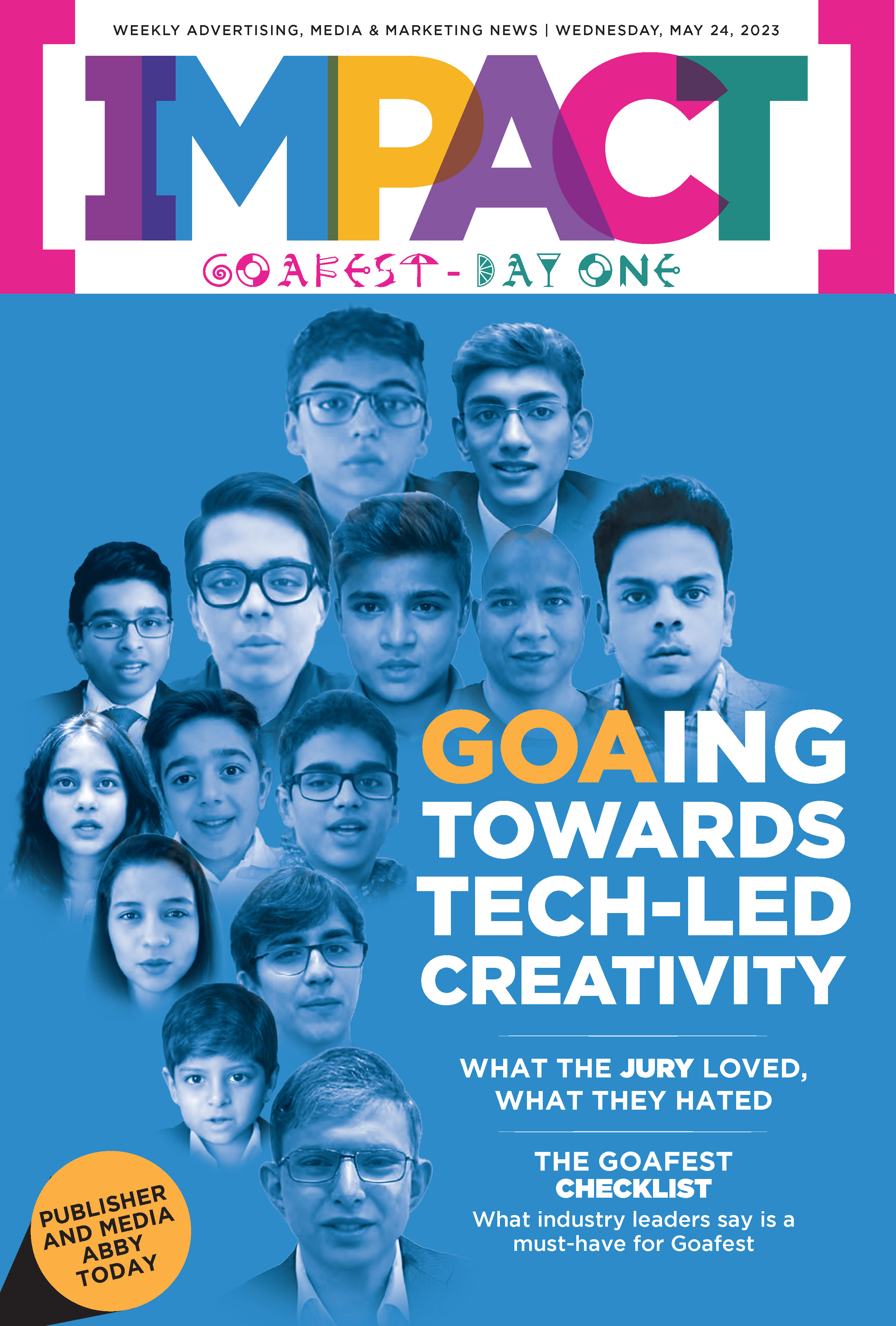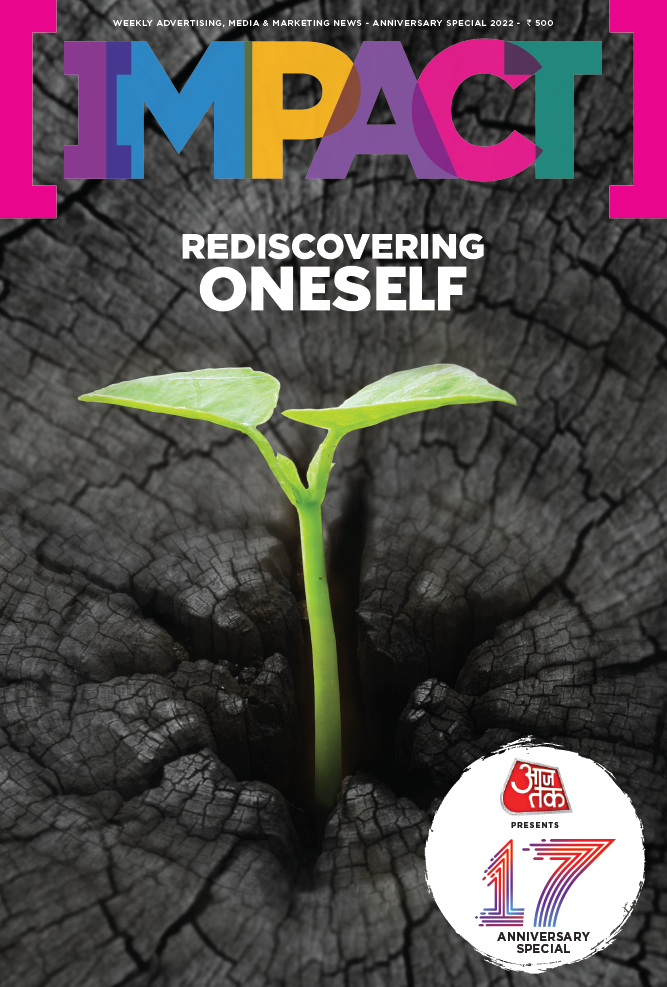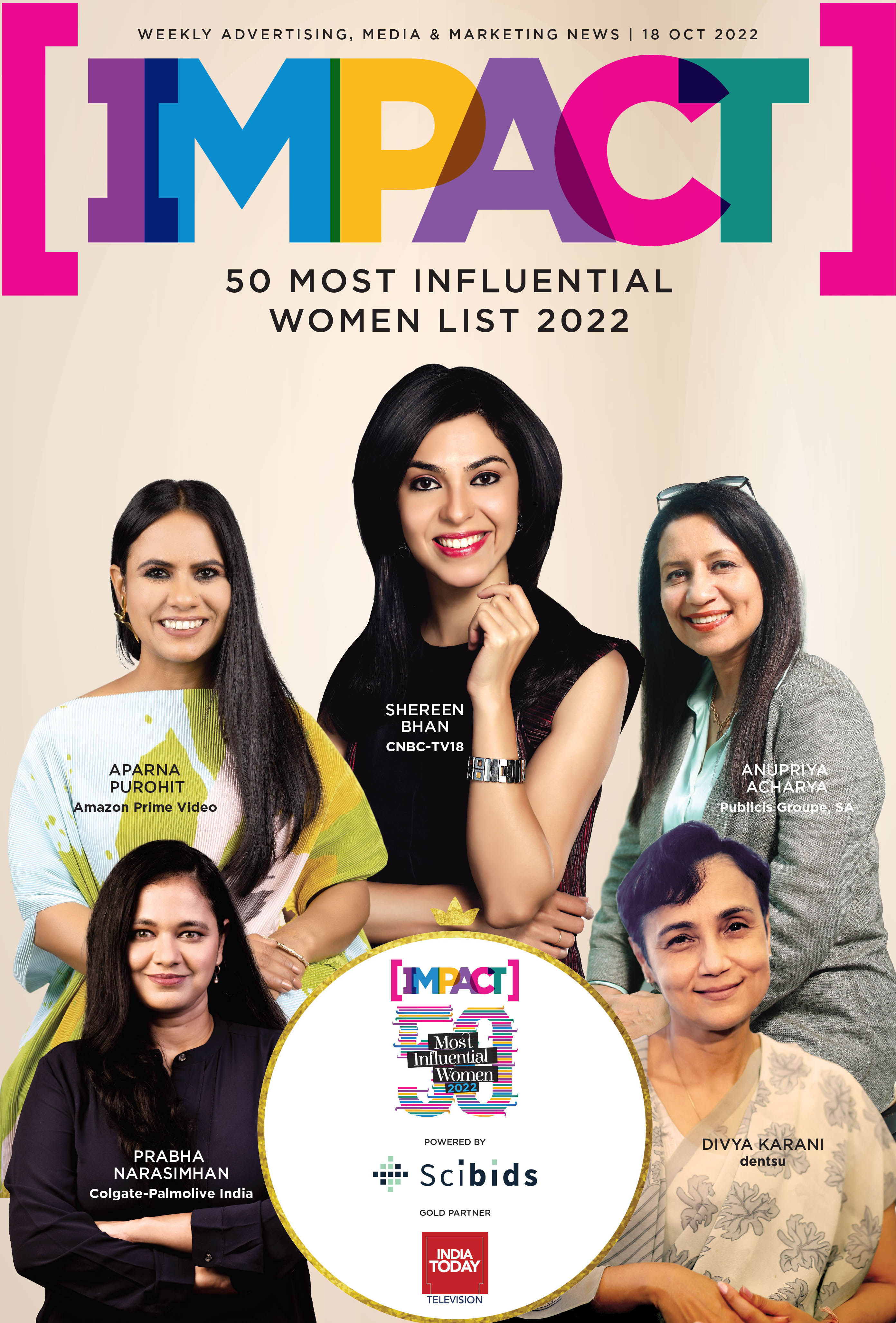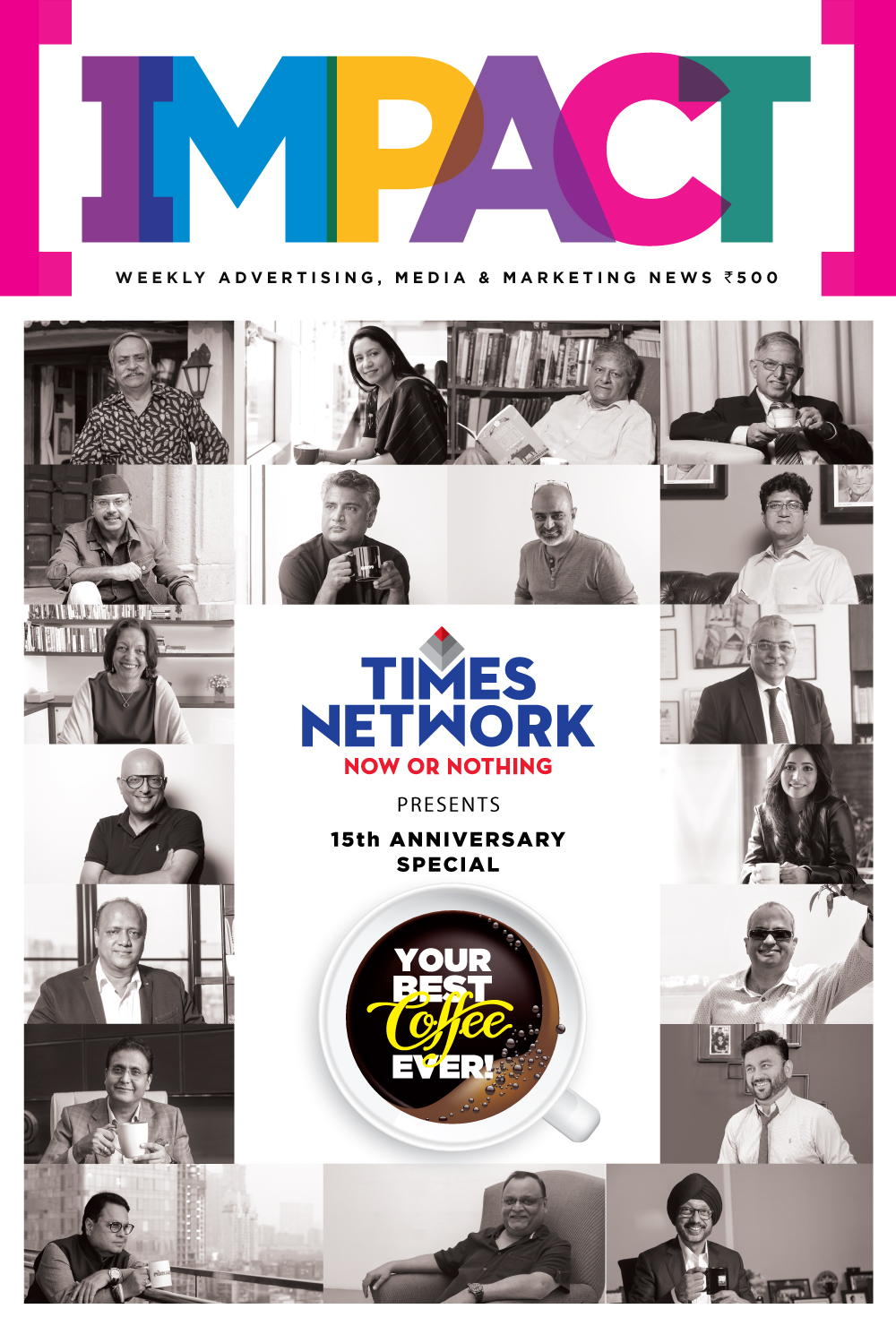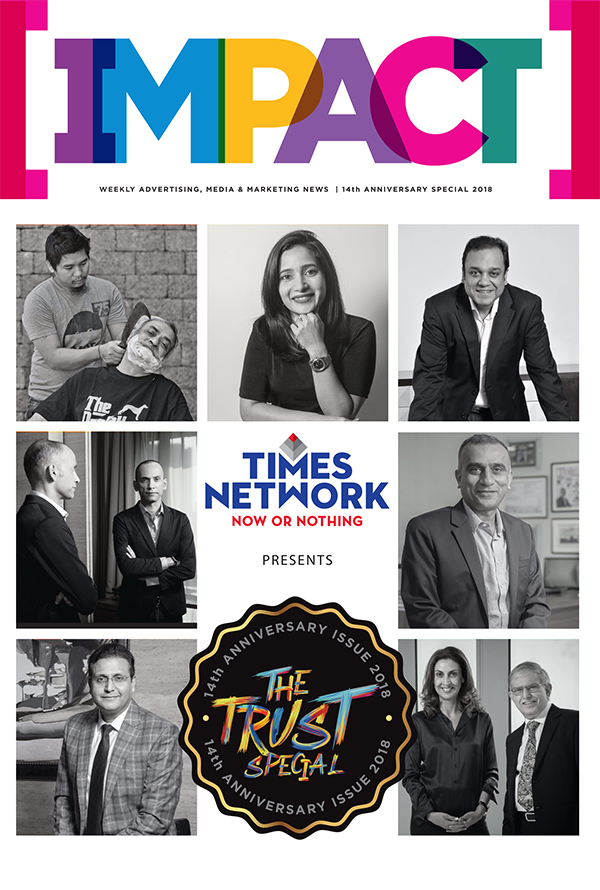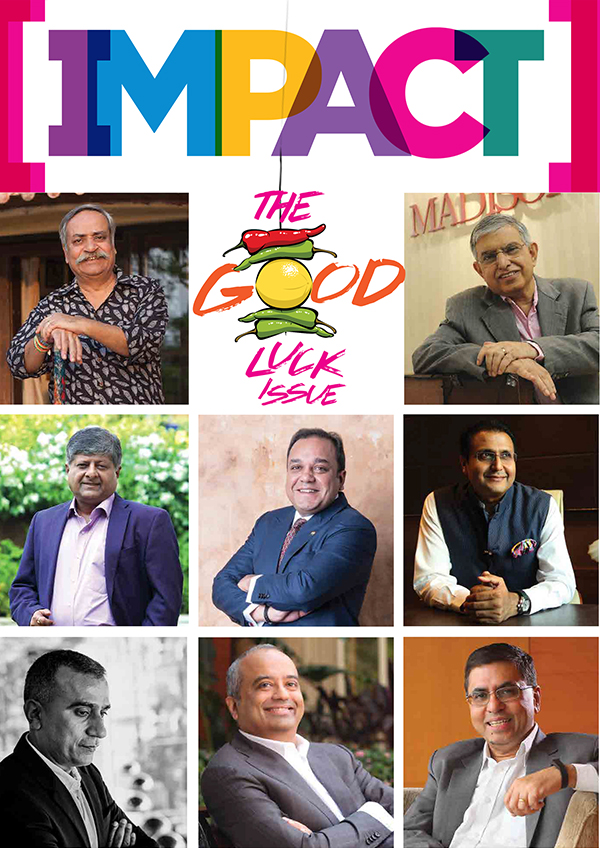Q] Federal Bank has long positioned itself as a progressive and customer-centric institution. How has the brand evolved over the years?
It’s important to note that nearly a thousand of our branches are outside Kerala. We have had a presence in Bangalore, the Northeast, and Chennai for over 50 years. However, we have traditionally been a deposit-led bank, focusing primarily on core banking operations. That said, we now have ambitious plans to expand our product offerings, enter new segments, and grow our branch network. At the end of the day, advertising is just a moment in time—what truly defines a brand for consumers are its branches, ATMs, and the visibility they create.
Q] In an increasingly digital world, how is Federal Bank balancing traditional banking trust with the need for digital-first marketing approaches?
We have often said that we are ‘human at the core and digital to the fore’. No matter how advanced digital platforms become, certain human interactions remain irreplaceable—you still need to meet friends over a cup of coffee or visit your parents in person for their anniversary. The human quotient can never be taken away. At the same time, being completely disconnected from digital would make us appear outdated. I’m not sure if you’re aware, but Federal Bank plays a significant role in India’s fintech ecosystem—we have Federal Insight and actively collaborate with fintech companies. This engagement keeps us fresh and agile, constantly aware of the latest advancements in technology and finance. Managing people, emotions, and building a multi-generational, multi-geographical business is all part of the brand’s evolution. It’s not about learning something new at this very moment; rather, it’s a continuous process that has been shaping us over the years. Adaptation is key—this is where digital plays a crucial role in enabling us to create best-in-class products that cater to different customer preferences—those who prefer a fully digital experience, those who want a blend of digital and physical, and even those who prefer a traditional approach. Getting this balance right is critical.
Q] Federal Bank onboarded Vidya Balan as its brand ambassador, transitioning from a sportsperson (HS Prannoy) last year. What was the rationale behind this shift, and how did Vidya Balan align with the bank’s brand values?
The difference between Prannoy and Vidya is that Prannoy was not a brand ambassador for us; rather, he was someone we supported and promoted on his journey to the Olympics. Our association with him was based on our commitment to exploring opportunities beyond cricket, which is why we chose Prannoy. On the other hand, Vidya represents a significant milestone for us. We wanted a prolific brand ambassador who transcends gender and geographical boundaries, someone multilingual with a strong presence across industries. Given her extensive work in multiple languages, she was a natural fit for the role.While it may seem like this decision came together effortlessly, I can assure you that it was the result of considerable thought and debate. There were many discussions on who should represent the brand, why we should do it, and even pushback on the timing and investment. However, in the end, everything aligned perfectly.
Q] The private banking sector in India is becoming more competitive, with fintechs and neo-banks disrupting traditional models. How is Federal Bank differentiating itself in this evolving landscape?
I truly believe that the industry is vast, and there are still many people who remain unbanked. Just think about the fact that there are individuals who cannot read or write, yet for them, voice-based banking is crucial. This means we need to bring them into the fold, and once they are onboarded, new product opportunities will naturally emerge. So, I’m not particularly concerned about the intensity of competition. The fact is, today’s consumers don’t just buy products—they buy experiences. If there are two credit cards, both offering similar features, what truly sets them apart is the customer’s journey—how seamless the process was, how the product was handed over, and how special they felt as a customer. The market is immensely vast, with countless niche opportunities. And fortunately, in banking, money always flows—whether into new businesses, investments, or emerging trends. So, there will always be new avenues to explore and grow.
Q] What are some of the biggest consumer trends you are seeing in the banking sector, and how is Federal Bank positioning itself to meet these changing expectations?
Beyond the banking sector, one of the most significant trends dominating consumer mind space today is the growing global admiration for the India story. Whether in India or abroad, the presence of an Indian in the room sparks curiosity—everyone wants to hear that story. Additionally, we have Indian leaders heading some of the world’s largest MNCs, and with India on track to become the third-largest economy, this sentiment is shaping consumer behavior. It influences product preferences, career choices, and even travel destinations. As a bank, we naturally want to capitalize on this momentum and be part of the exciting transformation unfolding around India.
Q] Federal Bank has a strong presence among Non-Resident Indians (NRIs). How do you approach marketing differently for this segment compared to domestic customers?
A significant portion of our engagement with NRIs takes place in overseas markets, which is quite different from our approach in India. In India, there is a high density of Indian consumers, whereas, in international markets, Indians are part of a more diverse population, blending with the local communities. As a result, our strategies vary across geographies. The playbook is different—overseas, there may be a greater emphasis on intimate gatherings and personalized experiences, whereas in India, we can leverage a full-fledged marketing mix, including ATL, BTL, and digital strategies. Ultimately, our approach is shaped by the specific needs of each region and the way Indian communities interact within those markets.












